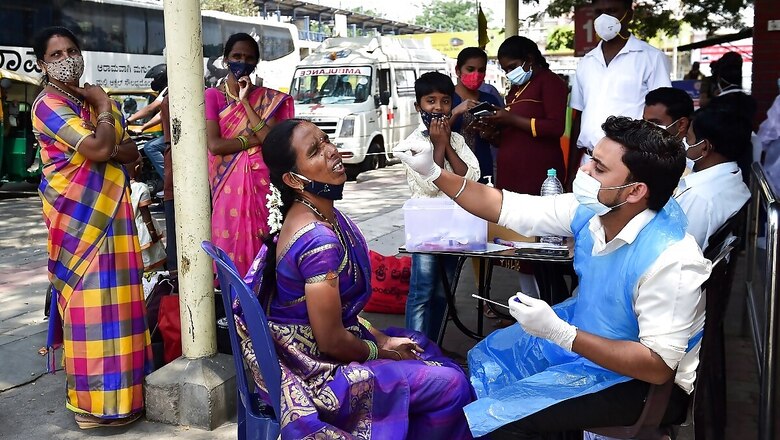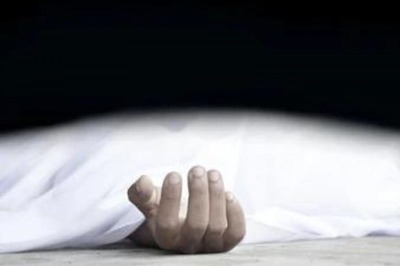
views
As India grapples with a second wave of the pandemic, several southern states are reporting a surge in COVID-19 cases. The second wave has also penetrated rural districts and testing and triaging would be key to contain the spread, says Dr Giridhara R. Babu, Professor and Head, Life Course Epidemiology at Public Health Foundation of India. A member of the technical advisory committee on COVID-19 for Karnataka, Dr Giridhara also talks about the need to develop a shared platform for learning.
Is there any particular virus variant that is responsible for the surge in cases in southern India?
You cannot pinpoint one particular variant. There seems to be at least a mix of variants. But to establish which variant caused what proportion of the surge, a detailed outbreak investigation—accessing how many people are getting infected by the same variant and how fast are they getting it—is needed and we have not done it yet. Reason: we are yet to scale up the numbers of samples subjected to genomic sequencing along with concurrent epidemiological investigation of the outbreak.
Karnataka has the one of the highest active caseloads in the country. What went wrong?
Having more cases does not mean things have gone wrong as detection of cases is important, because early detection and early isolation is the way to contain transmission. Like some other states, even in Karnataka, I don’t think early detection of cases was complete. High active case load also strains the health system, especially in availability of critical care beds.
Also, the state should have acted much earlier. When COVID cases were surging in Maharashtra, experts had suggested preventing all the congregations, especially in closed spaces. State followed them but half-heartedly. Soon, people started requesting for relaxation, and the administration started giving relaxation to each sector, one by one, eventually resulting in the spread of cases. Given the nature of these variants, if you give them some time, they spread much faster.
How badly hit are the rural districts in southern states?
The case surge has just started in the rural areas. While the metros and urban centres are reaching a peak, some of them even showing a declining trend, rural areas are yet to reach the peak. The problem is, we don’t have enough testing and strong health systems in rural areas. I am concerned about what will happen in the rural areas now.
What are the biggest challenges in containing the spread in rural areas over the next few weeks?
I think testing is still the major criterion. You need to have an efficient triage system in the rural areas to identify those who require respiratory support and shift them to nearby centres as early as possible. Time is a big factor here because shifting patients to places where oxygen support is available is important, and such places could be far-off from existing facilities.
Can the Mumbai model of COVID containment be followed in other big cities like Chennai, Hyderabad and Bengaluru?
At some point, the Prime Minister had used the term cooperative federalism. Taking a cue from that, have we learnt from each other? I feel this is where we have lost out on several lessons that we could have learnt from each other. Kerala, for instance, has some salient features like community quarantine, ensuring support to lower socio-economic strata. Mumbai model has some really good features, like the jumbo ICU facilities, triage system, ensuring everybody gets in line and following a scientific system to determine who needs oxygen.
Each system will have its strengths. I was hoping to see a platform being created for shared learning across the states. That has not been done yet. But, I definitely think what Mumbai has done can be replicated and should be replicated, at least some of it, in other cities.
(as told to News18.com)
Read all the Latest News, Breaking News and Coronavirus News here. Follow us on Facebook, Twitter and Telegram.




















Comments
0 comment